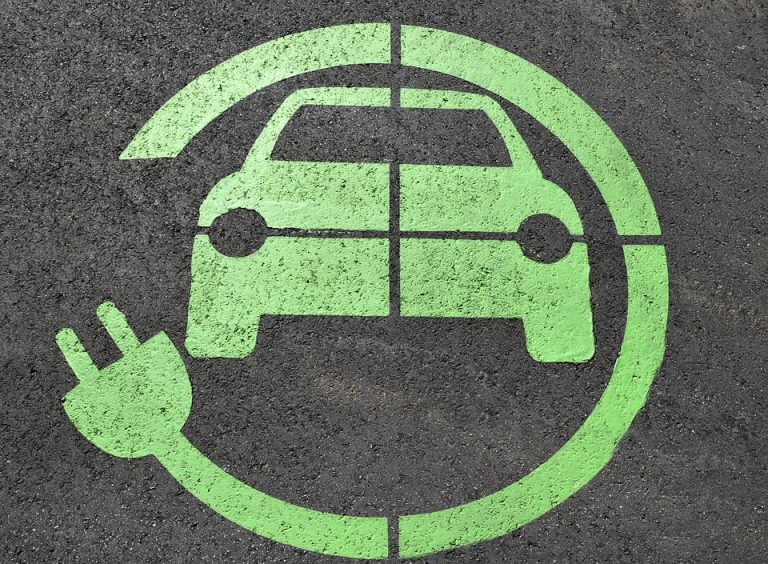Warehouses are the foundation that keeps the economy going and fuels the logistics industry. However, many warehouses produce a large amount of waste and consume huge volumes of energy. Consumers are expecting the companies they purchase from to source and supply their products in a much more socially conscious manner. Going eco-friendly is also much better for the warehouse, as it has a slew of positive impacts to the facilities and bottom line. In an effort to become more sustainable, warehouses are taking the appropriate measures to scale back, according to NXTPoint Logistics. Here are four ways you can start to make your warehouse more eco-friendly:
Use Plastic Pallets
Warehouses should use plastic pallets over wood pallets for a variety of reasons. Because hard plastic is recyclable and can be melted down and reproduced, you know your plastic pallets won’t go to waste. They’re also much lighter and therefore easier and more cost-effective to transport. Their durability is a huge strong suit, because they likely won’t be damaged during the roughest of transports, thanks to their cohesive product design. The same pallet can also accommodate a wide variety of goods, making this versatile, space-efficient product a perfect addition to your warehouse — if you don’t already use it. Lastly, plastic pallets are also very easy to reuse, reducing the amount of product that needs to be produced and purchased.
Switch Your Lighting
Switch out your current lighting for more eco-friendly lighting options that last longer and don’t produce as much heat. This will not only reduce your energy usage, but reduce your electric costs as well. An analysis conducted by the Energy Efficiency Financing Scheme found that warehouses in the UK alone were wasting at least $190 million annually because of inefficient equipment and procedures.
This is a simple change that can make a big difference. According to the report, “by deploying efficient lamp technologies such as LEDs, CFL and energy-saving halogen lighting, savings of up to 80 percent are possible compared with traditional lamp technology.” With such huge savings, there’s no reason warehouses shouldn’t be jumping on the switch.
Better Insulation
Warehouse managers should take a look at how they can better insulate their facilities. Poor insulation and insufficient building materials could result in a loss of air conditioning or heat, sending electricity skyrocketing and wasting valuable energy. This might seem like a large, costly project to take on, but the long-term savings make it a worthwhile investment. Examine your facilities to see where insulation improvements can be made, and be sure to monitor the difference in savings.
Enforce Recycling
Warehouses produce a large amount of waste, so in addition to doing your best to eliminate it, you should at least have the proper protocols in place to recycle it. Send packing material and used packaging to local recycling facilities, and enforce on-site recycling methods. Make it easy for your employees to get into the flow of recycling. For example, you might want to put a collection container right next to the area where shrink wrap is removed from plastic pallets and other materials. The less steps they have to take, the more they’ll be inclined to follow the new guidelines.
Hydrogen Fuel Cell-Powered Forklifts
Traditional electric forklifts use lead-acid batteries to store the electricity that powers the machine. However, more and more warehouses are moving away from this conventional technology and moving towards hydrogen powered forklifts. The three primary benefits of hydrogen power forklifts are that they: 1) help reduce waste products; 2) lower operating costs, and 3) improve productivity.
They improve productivity because there’s a lot less downtime. Compared to conventional forklifts, which take 30 minutes to recharge, hydrogen-powered forklifts take just five (or lower). There’s also no drop in performance during an entire shift. Furthermore, hydrogen fuel cells do not produce any harmful emissions, reducing greenhouse gas emissions tremendously. And lastly, while batteries in traditional forklifts need to be replaced every 3 to 4 years, hydrogen fuel cells only need to be switched every decade.





Leave a Comment